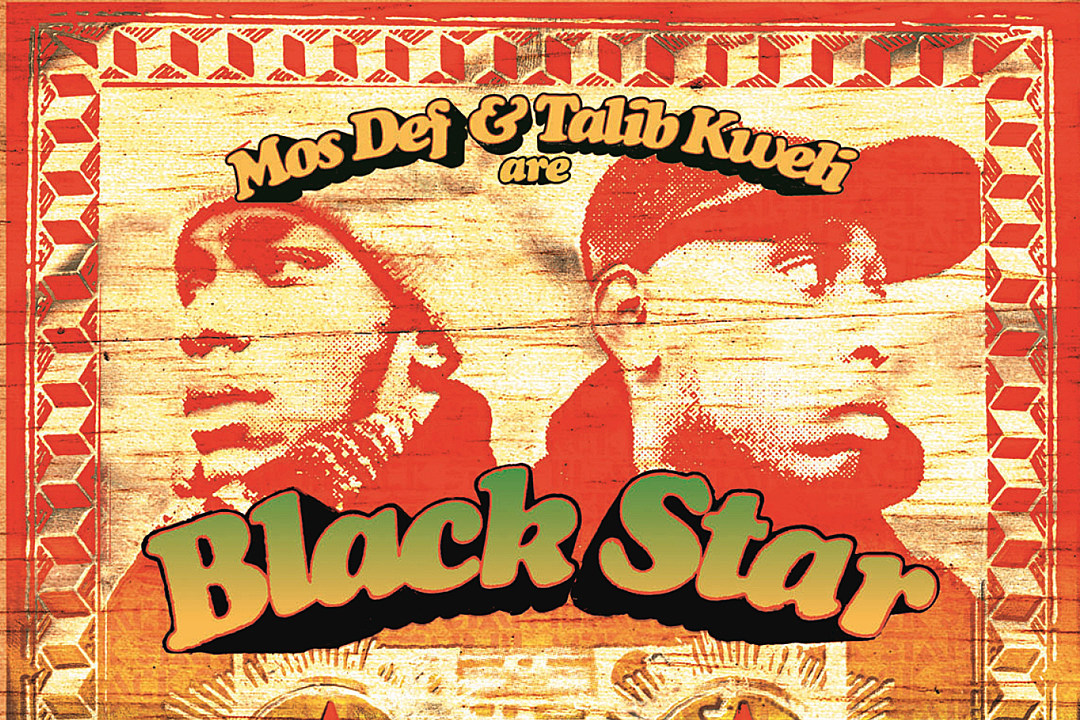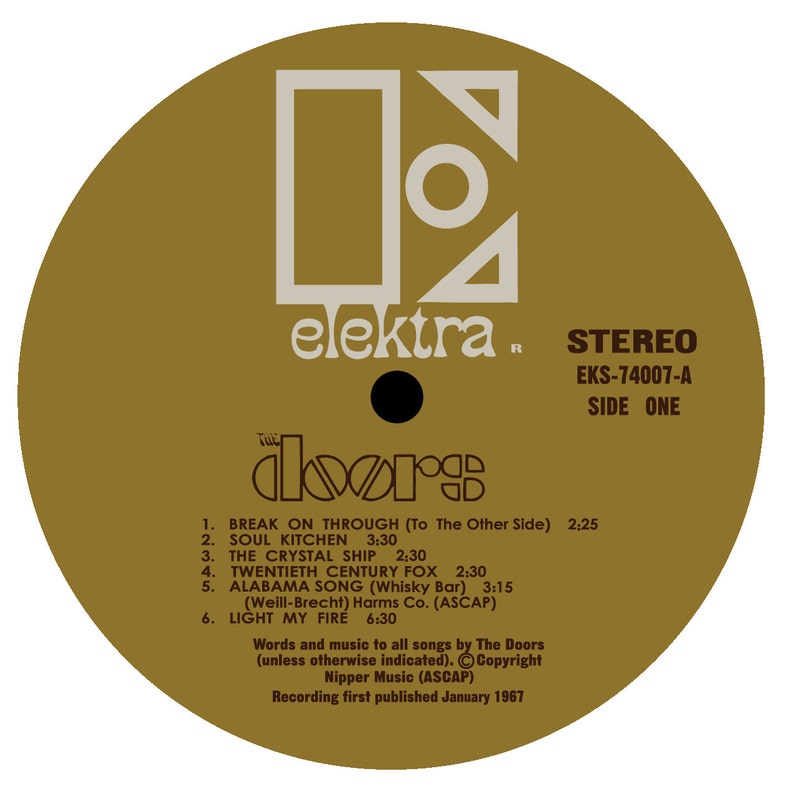
An Associated Press report on her early success opened with sneering from a Nashville bigwig: “Tell her to get back in school and come back and see me when she’s 18, and bring her parents,” manager and promoter Jerry Bentley scoffed. Today, her production takes its cue from current trends, and her subjects don’t need to be identified via online fishing expeditions, but her detailed lyrics and canny worldview were there from the start.īack then, though, she had doubters. While Swift was hardly alone in reworking country songs for the “hits you can play at work” crowd, the ease with which “Teardrops” translated to straight pop showed that her deft melodic touch and conversational way with deeply felt emotions could scale to the widest possible audience. “Teardrops on My Guitar,” a longing ballad about an out-of-reach crush, presaged Swift’s eventual embrace of pop in early 2008, her now-former label Big Machine released a “pop version” that added echo to her voice and a mid-tempo beat, dropping the weepy slide guitar that doubled as a realization of the song’s title. (“Picture to Burn” also showed that she was learning to hone her poison pen: In the original version’s first verse, she threatened to tell her friends the guy who’d wronged her was gay, a line she dropped from live performances shortly after Taylor Swift’s release.

“Picture to Burn” is a descendant of JoJo’s “Leave (Get Out),” given a Southern-fried twist by Swift’s drawled asides (“alla yer best freeends”), her mockery of the dude’s “stupid old pickup truck you never let me drive,” and the plunking banjo. While Taylor Swift’s chief genre signifiers, like fiddles and vocal twang, are rooted in ’00s Nashville tropes, the influence of millennial teen pop bubbles up in the bouncy music and in ripped-from-the-LiveJournal lyrics like the cheerily insouciant chorus of “Our Song” (“Our song is the slamming screen door/Sneakin’ out late, tapping on your window”). The album turned out to be a solid, spunky-yet-reflective country record told squarely from the teenage perspective, as opposed to the “can you believe someone so young sounds like that” packaging that weighed down former teen sensations like LeAnn Rimes. (“Every single one of the guys that I’ve written songs about has been tracked down on MySpace by my fans,” she told The New York Times in 2008.) MySpace would morph into Tumblr and Instagram Live, but the impulse would remain the same. Taylor Swift showed someone who had been honing her craft since her preteen years, meticulously turning her experiences with boys and with her girlfriends into country songs that reflected the lives of her peers, whom she connected with via MySpace. Two years earlier, her family had left Wyomissing, Pennsylvania and moved to Nashville in support of their firstborn child's teenage country-star dreams.

You can track the song’s quiet hope (“When you think Tim McGraw/I hope you think my favorite song”) all the way to Reputation closer “New Year’s Day,” while its clear-eyed view of time’s passage is reflected in 1989’s “Clean.” “I love writing songs because I love preserving memories, like putting a picture frame around a feeling you once had,” she wrote in Elle earlier this year, and “McGraw” shows how essential that ideal has been to her work since the beginning. Swift’s quivering low soprano made the lyrical details-her “little black dress,” the stalled-out Chevy truck, “the moon like a spotlight on the lake”-hit harder, and showcased her ability to make diaristic songs universally relatable.

The 16-year-old Swift crash-landed into this landscape with “Tim McGraw,” a saudade-drenched mid-tempo ballad that’s as much a love letter to music’s power as it is to a soon-to-be-ex-boyfriend leaving for college.


 0 kommentar(er)
0 kommentar(er)
